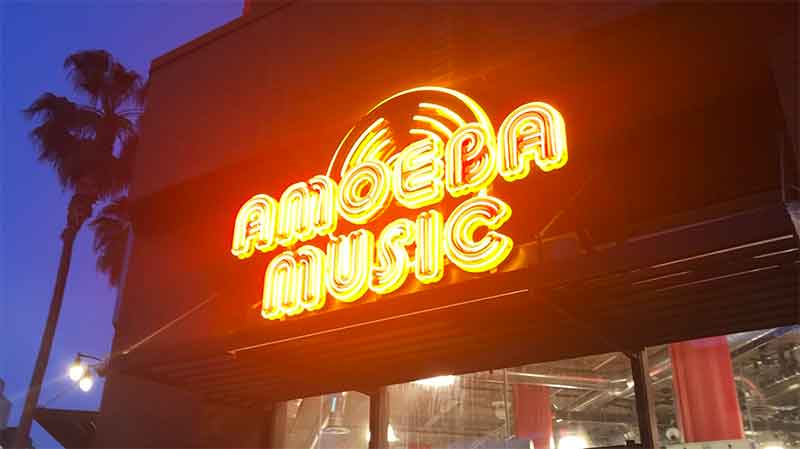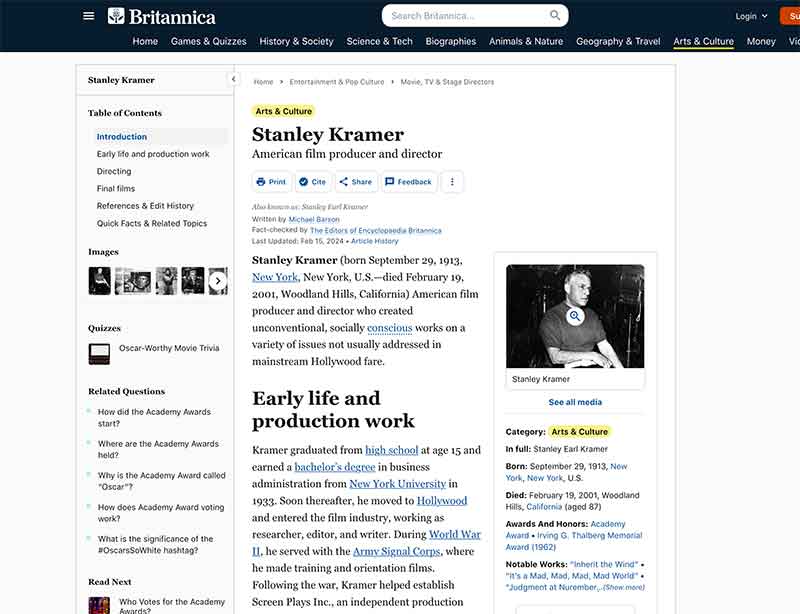Even More Famous Folks Seen on Star Track Tours
Bus tours of Beverly Hills, especially with Star Track Tours, means the chance to spot someone rich, famous or infamous. That’s part of the excitement. You just don’t know who’s going to pull up next to our Star Tracker vans. Some, like Dwayne Johnson, even take videos of US! In other cases we’ve had Ozzy Osbourne shout hello to our surprised tour guests. Since we’re smack dab in the heart of movie-making here in Hollywood, you also may see stars at work. Not too long ago Leonardo DiCaprio and Brad Pitt were filming “Once Upon a Time in Hollywood” and passed the Star Track Tours offices with cameras rolling and film crews in attendance.
Embarking on a Beverly Hills bus tour promises more than just a glimpse of opulent mansions and palm-lined streets. For many, it’s an opportunity to catch a glimpse of the stars, to feel the pulse of celebrity culture, and perhaps even to have a chance encounter with a famous face. As tourists board the open-air buses, cameras at the ready, they enter a realm where the ordinary collides with the extraordinary, and the unexpected awaits around every corner.
The Appeal of Beverly Hills:
Nestled within Los Angeles County, Beverly Hills epitomizes luxury and extravagance, its name synonymous with wealth, fame, and prestige. For decades, it has been a magnet for celebrities, drawn by its lavish estates, upscale boutiques, and exclusive restaurants. Beverly Hills bus tours offer visitors a curated glimpse into this world of glamour, promising to unveil the secrets of the rich and famous while traversing iconic landmarks like Rodeo Drive, the Beverly Hills Hotel, and the famous Beverly Hills sign.
The Thrill of Celebrity Encounters:
For tourists eager to catch a glimpse of their favorite stars, a Beverly Hills bus tour holds the promise of serendipitous encounters. As the bus winds its way through the tree-lined streets of Beverly Hills, passengers keep a vigilant watch, hoping to spot a celebrity in the wild. From Hollywood A-listers to reality TV personalities, the possibilities are endless, fueling excitement and anticipation with each passing moment.
Unexpected Encounters:
While some celebrity sightings are carefully orchestrated, others unfold in the most unexpected of circumstances. Imagine the delight of passengers when a routine stop at a traffic light reveals a familiar face in the car beside them or the incredulous laughter that erupts when a renowned actor casually strolls past the bus, oblivious to the commotion he causes. These unscripted moments add an element of spontaneity to the Beverly Hills bus tour experience, transforming ordinary sightseeing into an unforgettable adventure.
The Art of Celebrity Spotting:
As the bus tour progresses, passengers become adept at the art of celebrity spotting, honing their skills in observation and deduction. They scrutinize passing vehicles, scrutinize pedestrians on the sidewalk, and eagerly exchange tips and rumors gleaned from tabloid headlines and social media chatter. Every fleeting glance, every whispered rumor, holds the potential to lead to a coveted celebrity sighting, heightening the sense of anticipation with each passing moment.
The Myth of Accessibility:
Despite the allure of celebrity encounters, the reality is that the stars of Beverly Hills often remain elusive, hidden behind gated estates and tinted windows. While some celebrities embrace the attention, others go to great lengths to maintain their privacy, shrouding themselves in secrecy and seclusion. For tourists, this dichotomy between accessibility and exclusivity adds to the mystique of Beverly Hills, fueling a fascination with the lives of the rich and famous.
Navigating Etiquette and Respect:
While the allure of celebrity sightings may be irresistible, it’s essential for tourists to navigate encounters with grace, respect, and discretion. Celebrities are not merely objects of curiosity but individuals deserving of privacy and respect. As such, it’s important for tourists to refrain from intrusive behavior, such as invasive photography or unwelcome approaches, and to remember that celebrities are entitled to enjoy their private lives free from unwanted attention.
Memorable Moments and Stories:
For many passengers, a Beverly Hills bus tour is not just about spotting celebrities but about creating lasting memories and stories to share for years to come. Whether it’s the thrill of catching a glimpse of a beloved actor or the laughter shared over a chance encounter with a reality TV star, these moments become cherished souvenirs of a once-in-a-lifetime experience. As passengers disembark from the bus, cameras in hand and smiles on their faces, they carry with them not just photographs but memories that will last a lifetime.
Conclusion:
A Beverly Hills bus tour offers more than just a sightseeing excursion; it’s a journey into the heart of celebrity culture, where the ordinary collides with the extraordinary, and the mundane becomes magical. From the thrill of unexpected encounters to the camaraderie shared among passengers, each moment is infused with excitement, anticipation, and the promise of possibility. While the stars of Beverly Hills may remain elusive, the memories created along the way are anything but fleeting, serving as a reminder of the enduring allure of Hollywood glamour and the indomitable spirit of adventure that draws us all to the City of Angels.










